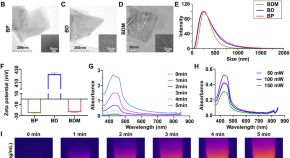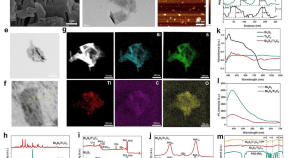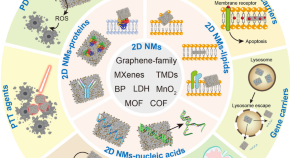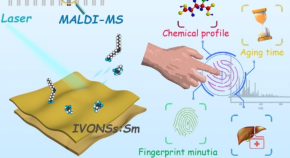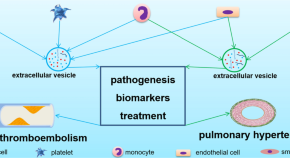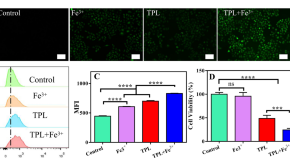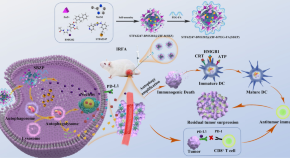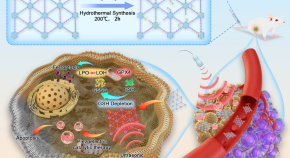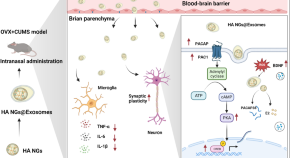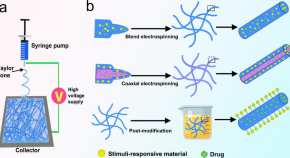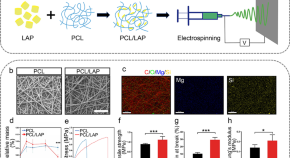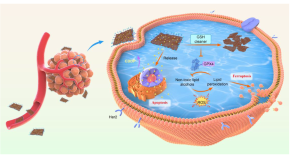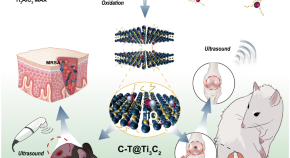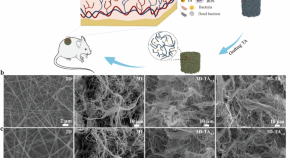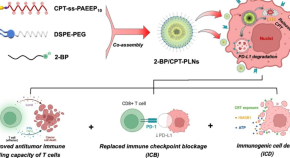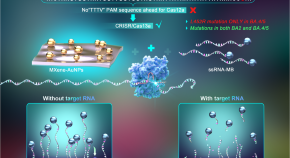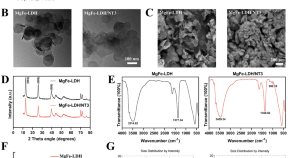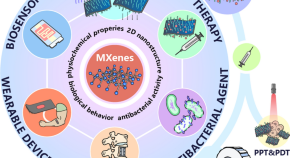NIR-II nanoprobes for investigating the glymphatic system function under anesthesia and stroke injury
Authors (first, second and last of 5)

Collection
Dr. Weiyu Chen received his Ph.D. degree at The University of Queensland in 2018. Currently, he works at International Institution of Medicine, the Fourth Affiliated Hospital, Zhejiang University as a Professor and Deputy Director of PCCM. His research projects focus on cancer theranostics via molecular imaging and nanomedicine.
Dr. Lingxiao Zhang received his Ph.D. degree at University of Chinese Academy of Sciences in 2020. He is now an associate professor in Zhejiang University City College and Marie Sklodowska-Curie Actions Postdoctoral Fellow in Aarhus University. His research focuses on the development of two-dimensional clay materials-based nanobiotechnological drugs and nanovaccines for the diagnosis and therapy of malignant tumors and neurodegenerative diseases.
Dr. Gareth R. Williams received a MChem (Hons) degree from the University of Oxford in 2002. He remained in Oxford for a DPhil (PhD), which was completed in 2005. He is now a Professor of Pharmaceutics at University College London and since 2020 has been Head of Pharmaceutics. Gareth leads a group of around 20 researchers applying inorganic and polymer-based nanomaterials to overcome drug delivery challenges.


